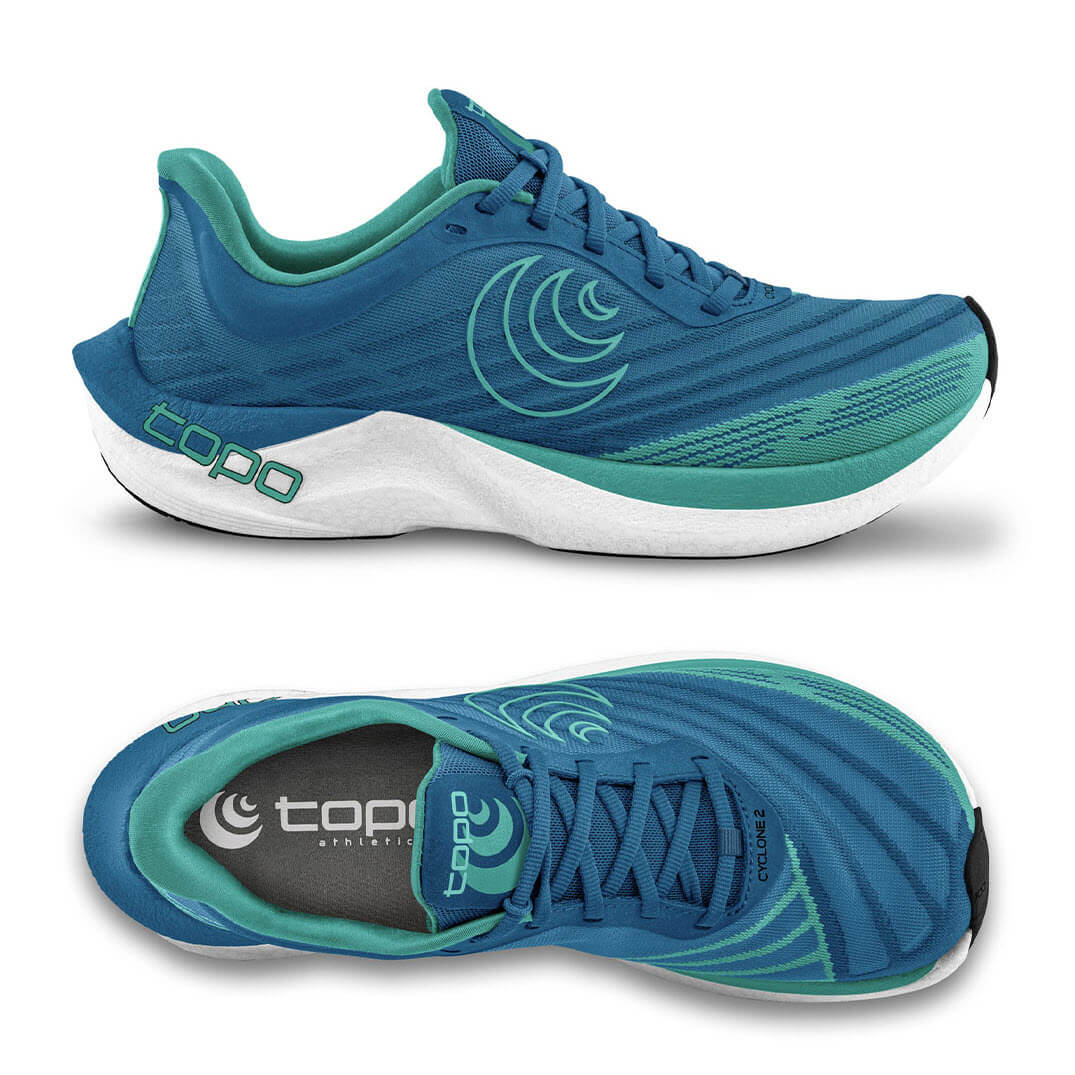
Notice how the blister fluid, by the forces of weightbearing, is pushed towards the toes as the blister gets worse. This blister is torn and macerated.
The good news for weightbearing blisters!
I’m pleased to say it’s really easy to bring a weightbearing blister like this back from the brink of disaster, with just a touch of early intervention. Early being the operative word. And of course, it has to be the right intervention.
I’ve written at length about what causes blisters under the ball of the foot and how to prevent them. This article will focus on the gear and techniques required to deliver advanced first aid that will bring about total resolution in symptoms and stop the blister from getting any worse. The gear I use in my podiatry clinic is exactly the same that I use when providing foot care at races, that I sell direct to you from my online store, and that I provide in my BlisterPod range of blister kits.
The weightbearing forefoot
Think about the ball of the foot for a minute. This is a directly weightbearing part of your foot. Compared to your heel which is also weightbearing, the forefoot bends as your weight progresses forward ready for toe-off. So there is a real concentration of pressure and blister-causing forces here.
Not only that, there are five joints within the ball of the foot. You can get blister carnage across the whole ball of the foot, but usually it comes after failing to do something effective for a blister that started under one or two of the joints.
Case study
Just before the 24 hour mark of the Adelaide 6 day ultramarathon, a runner presented with an early stage intact blister under the 2nd forefoot joint. The roof was intact and although the blister was visible under the relatively thick skin, the blister roof wasn’t raised. Typically, with increasing blister damage, blister fluid gets pushed to a less weightbearing area of the foot, like under the toes. This was just starting to happen. The pain wasn’t too bad but with 5 days to go, it had the potential to become a big problem.

Blister under 2nd forefoot joint. The blister fluid is just starting to move towards the toes.
How to negate blister-causing forces under this joint
The solution is two-fold:
1) Reduce pressure with a modified donut pad


We applied a modified donut pad made from orthopaedic felt (aka podiatry felt). This was applied underneath the insole of the shoe.
- It’s best to put it underneath the insole rather than on top because it’s easy for the sock to grab the edge of the felt as you slide your foot into your shoes. We don’t want it to roll back and cause other problems. If you want to use another pair of shoes, simply swap the insoles over.
- The insole has to be flexible enough to allow the blistered joint to be able to sit down lower than the rest. If your insole is too thick and stiff, that pressure deflection won’t occur.
- If you can’t apply it under your insole, stick it to your foot and keep it in place by covering it with Fixomull Stretch or similar fixation tape.
2) Reduce friction levels with an Engo Patch
With pressure significantly reduced, we applied a large oval Engo patch longitudinally on the top of the insole. Of course, the position coincides with the blistered joint and the felt cut-out.
Now, when you stand on your insole, the blistered joint will be able to sit in the divet of your felt and benefit from the nice slippery area of your Engo patch. Watch this video to understand how the combination of these treatments work.

Here's what we used
Did it work?
Like a dream, as always. In fact, this runner popped in to get the same thing done to his other foot, because it gave so much relief. Sure enough, there was a very similar blister situation on this foot.
We used the felt/Engo patch combination several times over the course of the 6 days, all with good results. Invariably, the blisters don’t get worse. In fact, they get better, in spite of the continued weightbearing activity.
Moral of the weightbearing blister story
This is such an effective way to stop early stage ball of foot blisters from becoming debilitating. Everybody should know about it and get in and do it earlier rather than later. Share this article with someone you know who has had one of these. And if you haven’t already, pop some felt and Engo patches in your blister kit.








